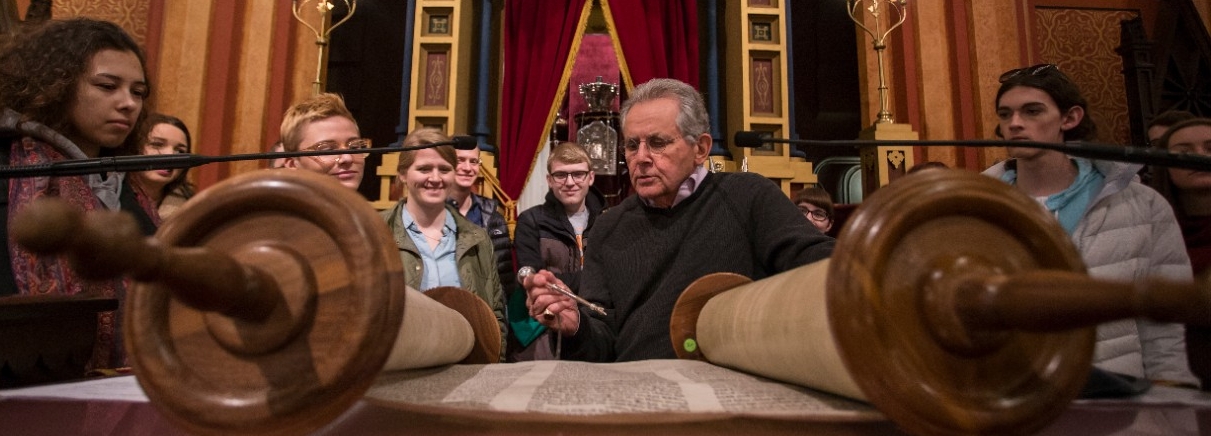
Protected Information
It is important that you are aware of considerations around protected information as well as plagiarism in relation to your learning portfolios.
Student Privacy
Students always have the option to keep learning portfolios private. If privacy is a concern, we suggest students use sites that offer free password protection. Advisors are happy to discuss these options with students at any time.
Plagiarism
Plagiarism, as defined by the UC Student Code of Conduct, is:
(i) Submitting another’s published or unpublished work in whole, in part or in paraphrase, as one’s own without fully and properly crediting the author with footnotes, quotation marks, citations, or bibliographic references.
(ii) Submitting as one’s own original work, material obtained from an individual, agency, or the internet without reference to the person, agency or webpage as the source of the material.
(iii) Submitting as one’s own original work material that has been produced through unacknowledged collaboration with others without release in writing from collaborators
UC Student Code of Conduct 49-5-05 § D 1-3 (2012)
Plagiarism can occur intentionally (someone purposefully uses someone else’s work without citing it) or unintentionally (someone forgets to cite the source of the work). In the context of your learning portfolio, this means that it is plagiarism for you to use another person’s photographs, artwork, writing, etc. without properly citing them or their contribution.
UC Trademarks
University symbols are trademarked entities. As such, there are strict policies concerning how they can or cannot be used that you must follow. You can find the complete list of policies within the University's Branding Standards.
The University logo is available for use and download on the branding website. If you include a UC logo in your learning portfolio, you must follow the branding standards. (Keep in mind that we are including this reference for use in your learning portfolio; if you would like to use a UC logo in any other capacity, you should also keep licensing rules in mind and may need to receive approval from Trademarks and Licensing.)
The UC Athletics’ logo, commonly called the “C-Paw” is a trademarked design that only UC Athletics or those with explicit, written permission are allowed to use. Therefore, you are not able to use this symbol on your learning portfolio. Likewise, the University Seal is to be used exclusively by the UC President’s Office.
Proprietary or Protected Information
If you are engaging in a co-op, research, internship, creative works apprenticeship or other type of experience, you may be privy to proprietary, confidential or otherwise sensitive information that cannot be shared. Alternatively, you may be in a health-related internship or clinical experience, a school placement or otherwise working with a population protected by HIPAA and/or FERPA. You cannot share proprietary, protected or otherwise confidential information in your learning portfolio.
As a result, you may be concerned about how to showcase this experience within your learning portfolio. Keep in mind that you can never share proprietary or other protected information in your portfolio. Use the following as a general guideline. When in doubt, communicate with your project advisor or honors advisor about your ideas for showcase.
If the experience you are engaged in includes exposure to proprietary or protected information, keep the following in mind as you choose what to include in your portfolio:
- Never include proprietary or protected information in your portfolio.
- Think about the bigger picture; are there ways that you can describe your tasks and duties without revealing specific information or details about your project?
- You can describe to your growth and learning without discussing the details of your project. For example:
“By participating in this research, not only did I gain basic skills and knowledge, such as pipetting and how to run PCRs, but also gained an understanding of what professional research looks like. I am leaving this experience with a new interest in pursuing a Ph.D. alongside my M.D.”
“I have learned so much by doing my co-op abroad. Beyond the basic skills that I developed, I also gained an understanding of how professionalism varies across cultures. In starting to make observations within the professional setting, I began to see differences and similarities between the local culture and that of Cincinnati. It really opened my eyes to how much alike we are despite the differences in our language and histories.”
- For choosing a sample of work, discuss what you can and cannot share with your project advisor. They will be able to help you reflect upon your experience and identify an appropriate sample. Perhaps it is a book you read as a part of the experience or a collection of photos of you and your colleagues or the booklet from a conference that you attended. Examples of samples may include:
- A lesson plan that you created (instead of photos with your students)
- Excerpts from a grant that you help write (instead of a document revealing collected data)
- A photo collection of you and your colleagues interacting (instead of photos of you working on a confidential project or with a patient)
If you are unsure about the potential confidentiality of your experience, then you need to communicate with your project advisor before showcasing your experience within your learning portfolio. Regardless of whether or not your experience is confidential, your reflection and your showcase need to focus on your personal development through undertaking this experience. Your honors advisor is also available to provide support as you craft your reflection and showcase.